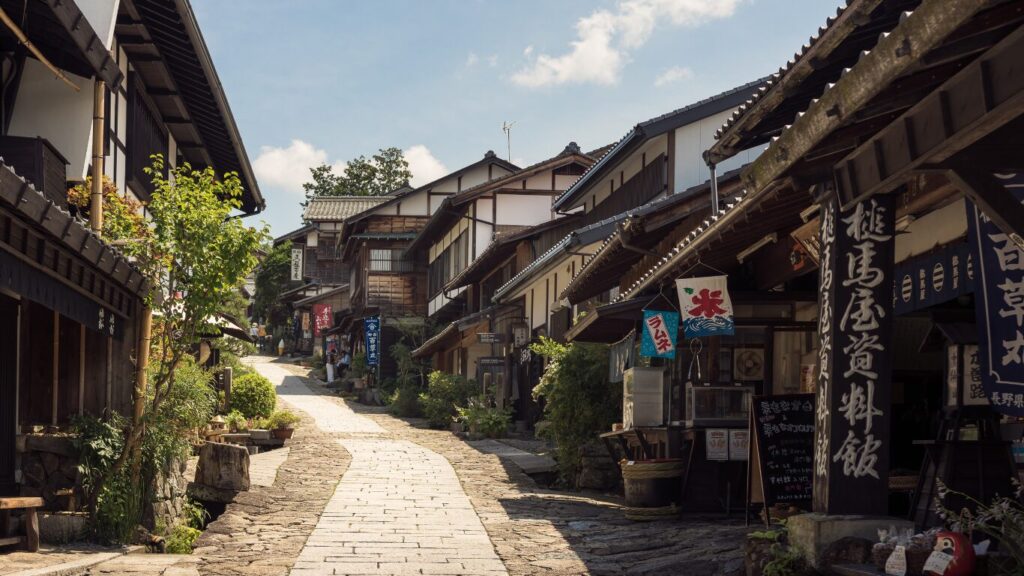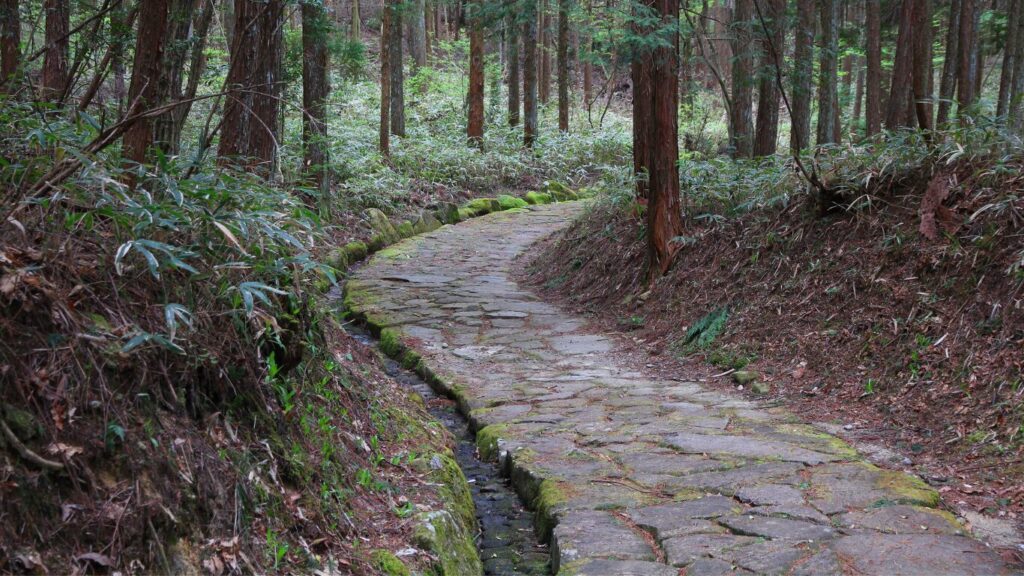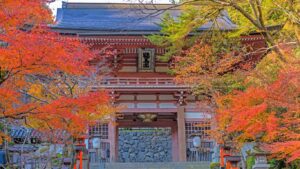Nakasendo Trail Guide: Experience Japan’s Scenic Post Town Walk
-
Kyoto

The Nakasendo Trail is no ordinary hike, it’s a step back in time. Imagine moss-covered cobblestones winding through tranquil forests and Edo-era post towns where samurai once paused to rest. Of all the routes that once linked Kyoto and Edo, the Nagano stretch remains a favourite. With charming villages, sweeping mountain vistas, and a trail that’s easy to navigate, it feels like a well-kept secret waiting to be discovered.
If you are seeking more than just beautiful scenery and want to feel Japan’s history beneath your feet, this trail offers a rare experience.
Historical Overview
The Nakasendo, meaning “Central Mountain Route,” was a key inland highway during the Edo period, connecting the historic capitals of Edo (now Tokyo) and Kyoto. Spanning more than 530 kilometers, it passed through dozens of post towns that served as essential rest stops for travellers, merchants, and samurai.
Today, the stretch between Tsumago-juku and Magome-juku is among the most intact. Tucked between southern Nagano and neighboring Gifu, this section preserves the architectural charm and quiet ambience of centuries past, with minimal signs of modern interference.
Far from a museum display, this route invites visitors to uncover Japan’s heritage in the most authentic way, surrounded by unspoiled nature and preserved Edo-period charm.

Highlights of the Trail
Tsumago-juku
Tsumago is often cited as one of Japan’s best-preserved post towns and was among the first to be protected under national preservation laws. Electricity cables are hidden from view, and cars are restricted from the town center, allowing its Edo-period architecture to shine. Visitors can stroll past traditional wooden inns (ryokan), teahouses, and even the original honjin (official inn for high-ranking officials), restored with painstaking care.
Magome-juku
A short distance along the Nakasendo Trail, Magome presents a different kind of beauty. This hillside town is known for its steep, stone-paved slope lined with rustic inns, teahouses, and charming craft shops. Don’t miss the iconic water wheels and panoramic views of the Kiso Valley, which are especially stunning at sunrise or in autumn.

Planning Your Nakasendo Hike
Good planning is essential to make the most of your walk along the Nakasendo. The best seasons to visit are from April to June, when the trail is lush and green, or from October to November, when the mountains are ablaze with autumn colors.
The walk from Tsumago to Magome is roughly 7 to 8 kilometers and takes about two and a half to three hours at a relaxed pace.
To reach the trail, you can travel to either town by train and local bus, Magome is most easily accessed from Nakatsugawa Station, while Tsumago is served via Nagiso Station. Many hikers choose to walk one way and return by bus or taxi.
From the preserved charm of Tsumago and Magome to the serene landscapes that unfold between them, the Nakasendo Trail offers a rare combination of culture, nature, and history.
For those planning a visit, we offer private tours that provide a seamless way to experience the Nakasendo, complete with local expertise and personalised itineraries to make the most of your time on this iconic route. Contact us now!
And don’t forget to check out our other travel guides here for more amazing destinations across Japan.


